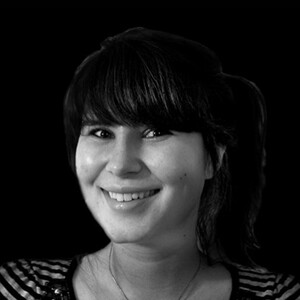Whirlwind tourist trip through Turkey highlights country’s diversity, history
After telling people I was going to study abroad in Turkey, they would occasionally ask me if I was crazy and would grill me about whether or not the trip was going to be safe.
When people heard “Turkey,” their minds automatically jumped to how they envisioned the country’s Eastern border. Although I quickly assured my questioners “no,” I too had a tendency to hold onto my own lumped idea of what the country was like and what I expected.
However, in the last 11 days, I’ve already traveled through roughly six different areas of the country that have each been completely individual.
Last week, for example, I stopped for an hour in the little resort town of Kusadasi. Although Kusadasi was small, the cruise ship looming above the gently undulating Aegean Sea was monstrous. While the water sparkled bright blue, the dozens of little shops lining the town’s main drag glittered with much gaudier hues. Souvenir shops and tourist traps abounded: It’s a whole town dedicated to satiating the desires of freshly docked crowds. Suave salesmen hawked silks, T-shirts and stone-studded jewelry, eagerly calling every woman beautiful in the hopes of capturing a few lire.
The town’s triumphant kitsch was a perfect after-lunch juxtaposition to my morning spent exploring the street market of Tire. Tire’s outdoor market is the largest in Turkey, known for its one-of-a-kind felt and homemade shoes. The market contains everything else one could ever want, too: sequined dresses, metal pots, enormous saddles, tiny buttons, fish with their dagger teeth still glinting in their jaws, almost as brightly as their opalescent scales.
The wrinkled faces of tiny, babushka-clad women lit into kind smiles at my butchered attempts at the Turkish language. I wound up and down the packed streets, marveling at the sheer quantity of goods.
Then there was Selcuk and, more specifically, the nearby ruins of the Byzantine city of Ephesus. Being in Ephesus, it was easy to use my historical imagination to resurrect the once-grand city. Touching old pieces of marble, gazing at the puzzle-piece patchwork of what were once resplendent terrace houses — it was like being transported back in time. While looking up at the enormous columns of the Library of Celsus, my own tininess felt magnified.
Alacati, a different stop on my tour, was another tourist destination. Its boutique hotels and cozy restaurants made it a spot for Turkey’s nouveau riche. Each street was lined with small Turkish flags, and the stray dogs wagged their bushy tails in exchange for dropped treats. I ended the night by shucking off some layers and launching myself into the Aegean Sea. I could taste the salt on my lips for hours.
My odyssey returned to another bigger city: Izmir, home of poet Homer. The city hummed with the promised excitement of a Thursday night. I spent the evening at a bar by the water, draining several “towers” of Efes, a beer native to Turkey, and smoking hookah, a staple at many Turkish bars.
Now I’ve finally started to get settled in my dorm. Once again, I’ve got a whole new area to explore; one that has a pulse and feel different from anywhere I’ve stayed before. I’ve started to ditch the restaurant scene to shop at local grocery stores, and I’m learning to use Istanbul’s public transportation system. For the next three months, Ortakoy is home.
My fast-paced tour through some of Turkey’s diverse sites may have, at times, rendered me over-tired or too saturated with the dizzying details of the country’s complex history, but it also shattered any stereotypes and generalizations I had about it. This country, like any country, has its nooks and crannies. And there’s still so much to see.
Jillian D’Onfro is a senior magazine journalism and information management and technology dual major. Her column appears every Tuesday. She can be reached at [email protected].
Published on September 18, 2012 at 12:03 am





